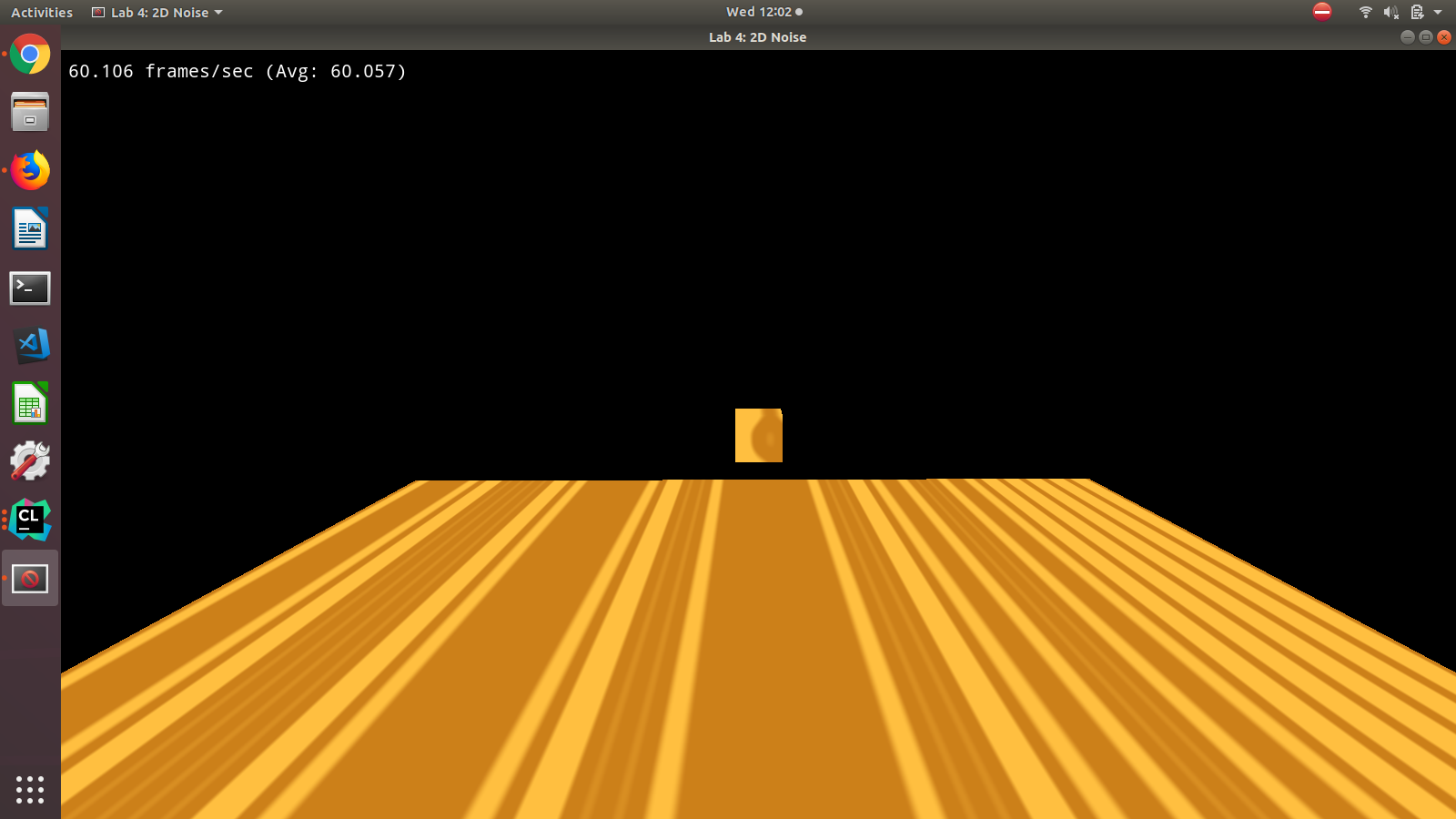CSCI 444/544 - Advanced Computer GraphicsSpring 2019 |
|
| | Home | Syllabus | Assignments | Schedule | Resources | | |
John GalbavyAssigment 2: TesselationFor this assignment, we render a teacup, teapot, or spoon and compute the entire tesselation sequence on it with a wire frame. Below is a screenshot of the control points being rendered 
The next step was computing the tesselation control and tesselation evaluation. When this was completed, it looks like below. 
I saved the seperable shaders until the last step, but did not get it working correctly 
Assignment 3: NoiseFor this assignment, we worked on implementing the Perlin Noise Function which was very similar to the lap. After this function was generated, I then implemented the wood vertex and fragment shaders (the noise function is actually in the wood shader). Below is a screenshot of the wood fragment and vertex shaders with the Perlin Noise function inside. / 

The next step was to add in the time component. To do this, I generated clouds using time just like the lab for the bottom surface (The ground VAO). This is a sepearted shader (Vertex and Fragment) as seen below. 

It may be hard to see but the bottom clouds do move around each time step 
Assignment 4: RenderingThis assignment introduced us to the POVRAY tool and how to write a program with it. We rendered the mines M for the lab and then in this assignment I added 3 techniques. Tecnique 1 was adding reflection to the M along with phong illumination and a metallic texture. Techniqiue 2 added a reflective surface to the ground (colored like water) which reflects the M and its mirror along with a few other texture adjustments. Techniqiue 3 was adding the rotation to the M. After rending 5 images, it shows the M rotatation counter clockwise. Below are the 5 images rendered to rotate the M all the way around. / 




That's all the assignments so far! 
| |